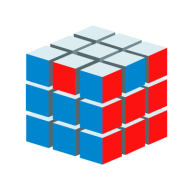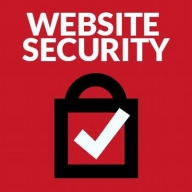

SiteLock and ImmuniWeb are in the security solutions category with distinct features. ImmuniWeb holds the upper hand due to its advanced capabilities and comprehensive security features despite higher costs.
Features: SiteLock provides versatile threat detection, timely alerts, and solid support. ImmuniWeb offers comprehensive vulnerability scanning, AI-driven insights, and detailed reporting valued for its cutting-edge approach.
Room for Improvement: SiteLock users suggest enhancements in real-time monitoring speed, integration options, and better reporting. ImmuniWeb could improve its reporting customization, setup process, and user interface design.
Ease of Deployment and Customer Service: SiteLock provides simple deployment and responsive customer service, beneficial for those seeking ease. ImmuniWeb, slightly complex to deploy, is backed by exceptional customer support aiding users effectively.
Pricing and ROI: SiteLock is cost-effective, offering valuable benefits at a low cost. ImmuniWeb, with a higher initial expense, delivers a strong ROI due to its advanced security features and comprehensive protection, making it a worthwhile investment for those valuing robust security.
| Product | Market Share (%) |
|---|---|
| ImmuniWeb | 0.5% |
| SiteLock | 0.1% |
| Other | 99.4% |

| Company Size | Count |
|---|---|
| Small Business | 4 |
| Midsize Enterprise | 1 |
| Large Enterprise | 2 |
ImmuniWeb is a global application security company operating in over 50 countries, headquartered in Geneva, Switzerland. Most of ImmuniWeb's customers come from regulated industries, such as banking, healthcare, and e-commerce.
ImmuniWeb® AI Platform leverages award-winning AI and Machine Learning technology for acceleration and intelligent automation of Attack Surface Management and Dark Web Monitoring. The data is later leveraged for threat-aware and risk-based Application Penetration Testing for web, mobile, and API security testing. ImmuniWeb is the only company that offers a contractual zero false-positives SLA with a money-back guarantee. ImmuniWeb’s AI technology is a recipient of numerous awards and recognitions, including Gartner Cool Vendor, IDC Innovator, and the winner of “SC Award Europe” in the “Best Usage of Machine Learning and AI” category.
ImmuniWeb® Community Edition runs over 100,000 daily tests, being one of the largest application security communities. ImmuniWeb SA is an ISO 27001 certified and CREST-accredited company.
Real website security means protection from the inside out as well as the outside in. SiteLock does it all -- daily scanning, automatic malware removal, web app firewall, a global CDN for a blazingly fast website and our support team is here for you 24/7. Our dynamic Trust Seal shows visitors your website is safe, increasing conversions and ROI.
We monitor all Static Application Security Testing (SAST) reviews to prevent fraudulent reviews and keep review quality high. We do not post reviews by company employees or direct competitors. We validate each review for authenticity via cross-reference with LinkedIn, and personal follow-up with the reviewer when necessary.